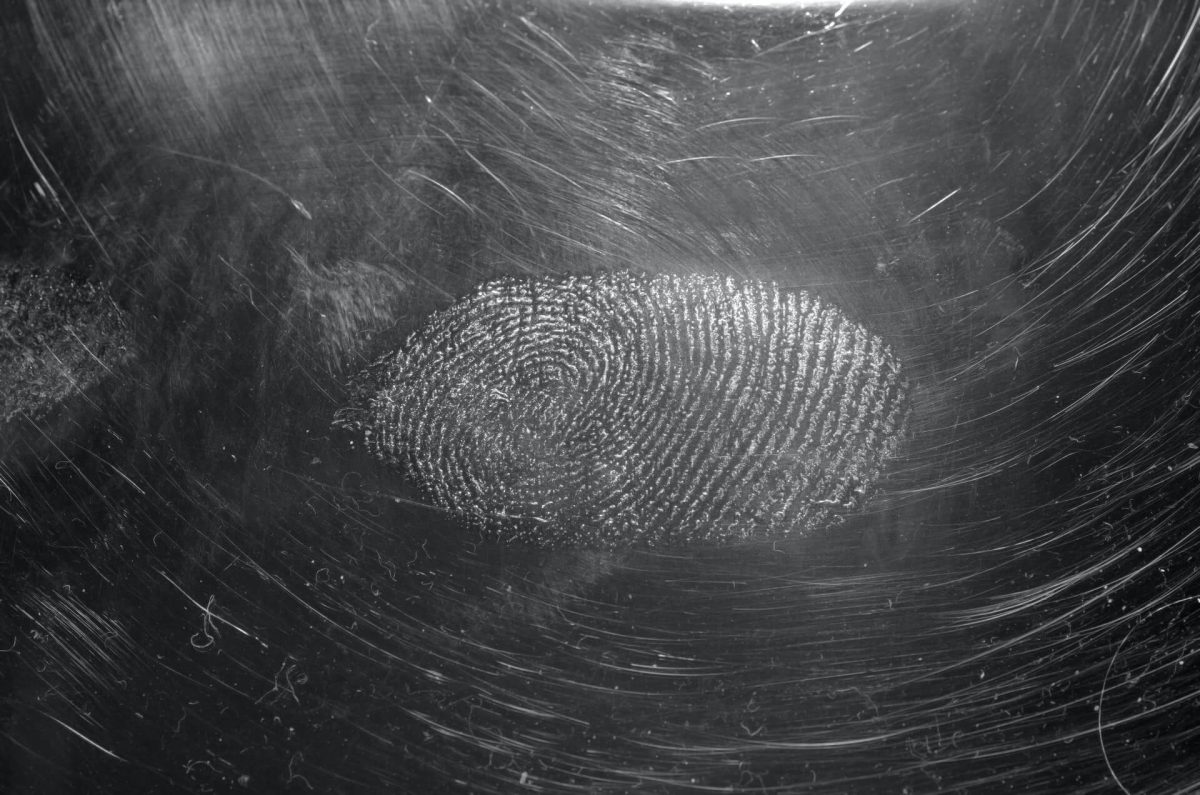
Safe Spaces, Happy Faces: How Employers Benefit When They Prioritise Workplace Security
"The first-ever use cases of using a fingerprint for authentication can be traced back to ancient Babylon where they were used as signatures to seal a contract using a stone tablet".
The use of biometric verification has made everyday life much easier, helping to simplify situations that require identification. For example, when access to a company needs to be guaranteed, or when you make a digital payment. In addition to various technologies, fingerprint recognition in particular has established itself as a key component amongst other methods of authentication.
The first-ever use cases of using a fingerprint for authentication can be traced back to ancient Babylon where they were used as signatures to seal a contract using a stone tablet. Despite the simplistic methods, they helped to protect against counterfeiting and spawned what is known as biometric fingerprint access today.
As this technology has advanced over time, there have been numerous applications of biometric technology regarding time recording or access control. There are a few forms of biometric authentication including face recognition, iris recognition, and vein recognition being some of the most popular forms of biometrics. However, fingerprint recognition is currently the most frequently used form of biometric identification today, with facial recognition gaining fast.
Fingerprint recognition technology utilises the lines on our hands, called papillary ridges. Their fine branches and endpoints, the minutiae, create an individual and unchangeable pattern that is unique to each person. In more than 140 years of fingerprint comparison around the world, there have never been two of the same fingerprints discovered – not even in identical twins.
These individual fingerprints can be used to open doors in a company building. First, an employee’s fingerprint is saved in the fingerprint system. This means that his individual minutiae pattern is encrypted and stored in the system as a mathematical algorithm.
Access to certain rooms at certain times of the day can now be granted to employees. For example, a production employee can enter the production hall but has no access to IT.
This procedure is used to identify and authenticate at the same time. The access system checks whether the individual scanning their fingerprint is the right person and whether they have permission to enter the room. If they do, access is granted and if not, access is then denied.
Again, the employee’s fingerprint is first stored in the system. From then on, the finger is used as a replacement for card readers, chips, keys, etc. The clock-in and clock-out times are automatically stored in the system as soon as the employee puts his finger on the scanner. ‘Third-party stamping’ is also prevented here, because 100% identification is required.
Fingerprint time recording systems have enormous advantages for both large and small companies. Timesheets can be wildly inaccurate due to paper chaos, incorrectly noted times, ‘buddy punching’ elaborate Excel lists, individual breaks and even smoking breaks. All of this added up can be a huge cost to a company due and a waste of company time. If such data is recorded digitally and automatically by the system, leaner processes can be put in place.
If you are looking for a safe, secure, and efficient way to protect your site, fingerprint access control systems are a great way to keep your valuables protected. Secure your business with effective security solutions today.
For more information, contact the team at Almas Industries today to discuss biometric access control, biometric readers, or facial scanners for your business. You can call us on 0333 567 77 99 or email us: enquiries@almas-industries.com


